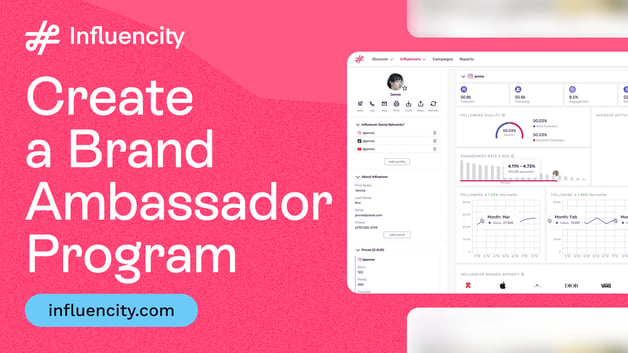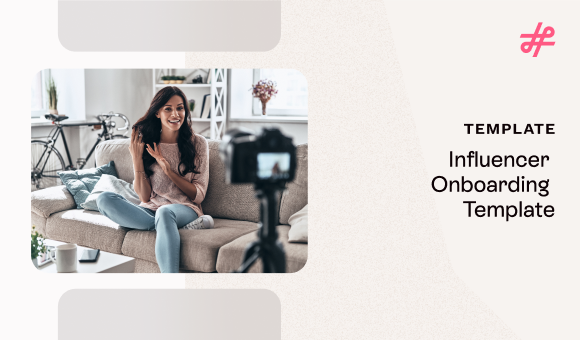Follow for Follow Groups: How to Know if Your Influencers Are Involved
Instagram has never been so crowded and competitive. The social media platform is bursting with influencers who are trying to stand out from the crowd and draw in customers. It takes hard work to establish yourself as unique and special enough to follow.
Some profiles are trying to get around this by using follow for follow groups to build a falsely inflated image of how popular they are. And this is risky business for brands looking to collaborate with Instagram influencers.
What are follow for follow groups? Why are they so bad? And how can you identify influencers from follow for follow groups?
Let’s find out.
What Are Follow for Follow Groups?
The concept of follow-for-follow (F4F) refers to following an unknown profile on social media in exchange for that profile following you back. It’s a strategy that some users of Instagram and other social networks use to build up their audience by using their own follows as currency.
Follow for follow groups are an extension of this concept. Basically, they are specific groups on Instagram and Facebook where you can find people who are willing to exchange follows with you (instead of searching for potential candidates organically). Essentially, like a follower marketplace. There are two types of users that you can find in these groups: sharers and initiators (as well as bots and fake profiles). Sharers are passive users who join these groups and wait for others to follow them first. Initiators are active users who make contact with users to propose a follow-for-follow agreement. Because initiators are active, they tend to build a follower base and engagement rates faster.
One of the most well-known and active examples of follow for follow groups is the Facebook group ‘Instagram Followers.’
Why Are Follow for Follow Groups so Bad?
Follow for follow groups are often used by growth hackers as a way to falsely inflate their audience size and engagement rate by encouraging people with no interest in them to follow their page as a “tit for tat” transaction. The sole aim is to increase their total number of followers, rather than organically grow an audience of followers with a genuine interest in their profile. Not only is this highly unethical and dishonest, it’s also bad news for marketers.
Although this might seem like a good strategy for an influencer to establish themselves as popular and influential, it can lead to a number of problems further down the line, especially for the brands that collaborate with them on an Influencer Marketing campaign.
The main reason why it’s a bad idea to work with fake influencers who follow this growth strategy is that their metrics are meaningless. They are projecting a false image of how popular and influential they are because they have bought their audience. Unfortunately, since their followers don’t have a genuine interest in what they have to say, they are highly unlikely to interact and engage with your campaigns.
Many of their followers are also likely to be fake accounts and bots, too. So, when one of these influencers promotes a campaign for you, it’s unlikely that you will reach a real and relevant audience that’s interested in your brand. You’re far more likely to see the results you need from your campaign if you work with an influencer whose followers engage with what they have to say.
How to Identify Influencers from Follow for Follow Groups
So, how can you spot an influencer who has built their audience through follow for follow groups? What clues should you be looking out for?
There are a number of tell-tale signs. You just need to know what you’re looking for.
For example:
- An account that follows hundreds of new accounts every day and then unfollows them the next day.
- A new profile that quickly acquires a large following, despite having very few or no posts published.
- Extreme engagement rates (very high suggests they have automated engagement bots among their followers; very low indicates they have fake followers).
- A lot of spam comments on their posts (generic single words like “Nice!” and “Cool!”, or emojis without relevant comments).
- A suspiciously uneven follower-to-following ratio.
- An identical follower-to-following ratio.
Influencity's Follower Quality Feature
The quickest and easiest way to spot influencers who are potentially using follow for follow groups is to let automated tools do all the work for you.
For example, Influencity's follower quality feature can help you analyze the authenticity of an influencer’s audience so that you can determine if their followers are fake. The feature analyzes an influencer’s engagement rates and how often their followers interact with their posts to determine how active and engaged they really are. It then divides these followers into two categories: Nice Followers and Doubtful Followers. Doubtful followers tend to be accounts that are either fake, inactive, disinterested, or bots.
Influencity’s audience quality feature also uses natural language processing and image recognition technology to identify fake accounts. These tools analyze an influencer’s followers and flag any suspicious patterns or behaviors. This might include the use of fake profile pictures, or spammy and repetitive comments. All these clues suggest that an influencer has used follow for follow groups to build a fake audience. This then gives you a clear picture of how genuine an influencer’s audience is and whether or not they are likely to interact with your campaigns.
Tags:












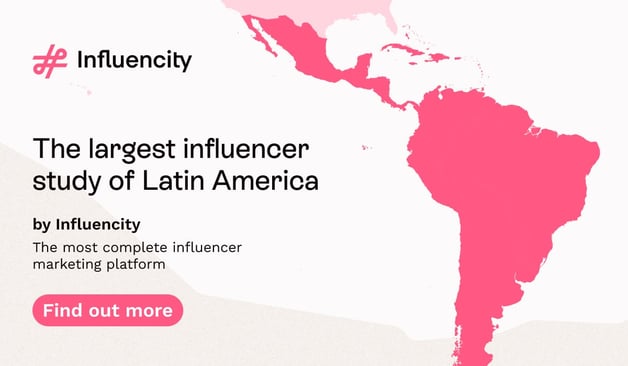


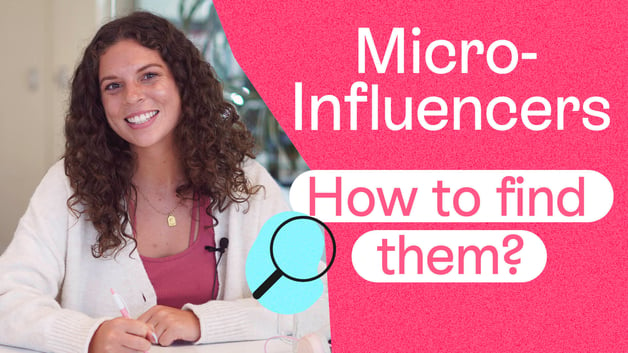


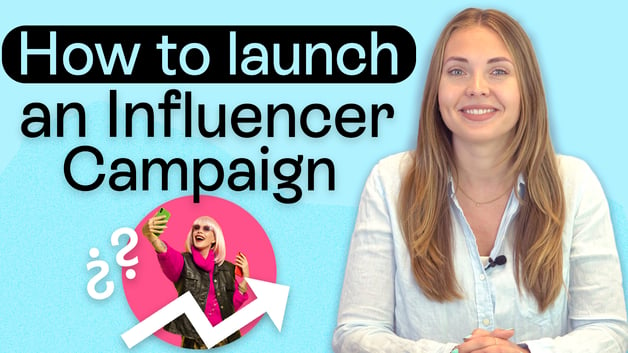



%20and%20How%20Can%20They%20Benefit%20Your%20Brand%20article.jpg?length=628&name=What%20Are%20Key%20Opinion%20Leaders%20(KOL)%20and%20How%20Can%20They%20Benefit%20Your%20Brand%20article.jpg)

